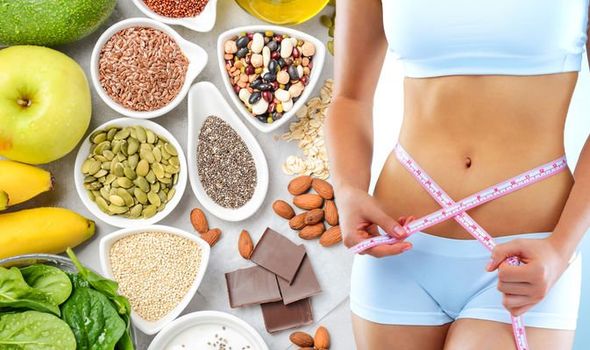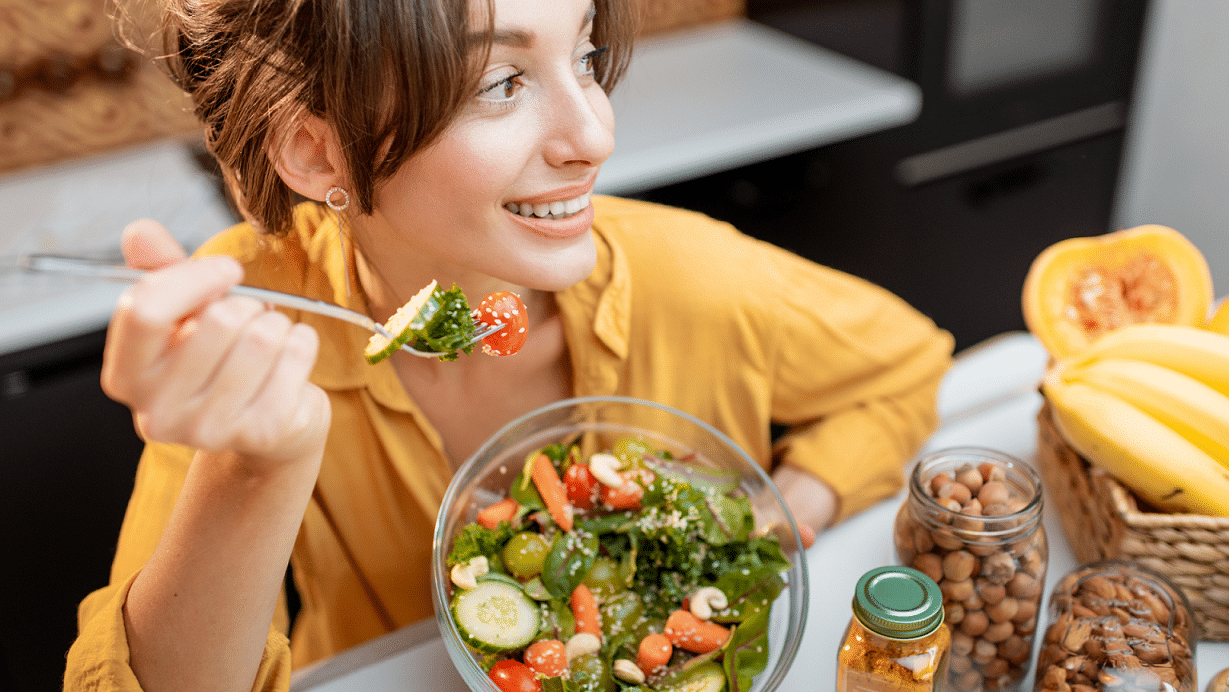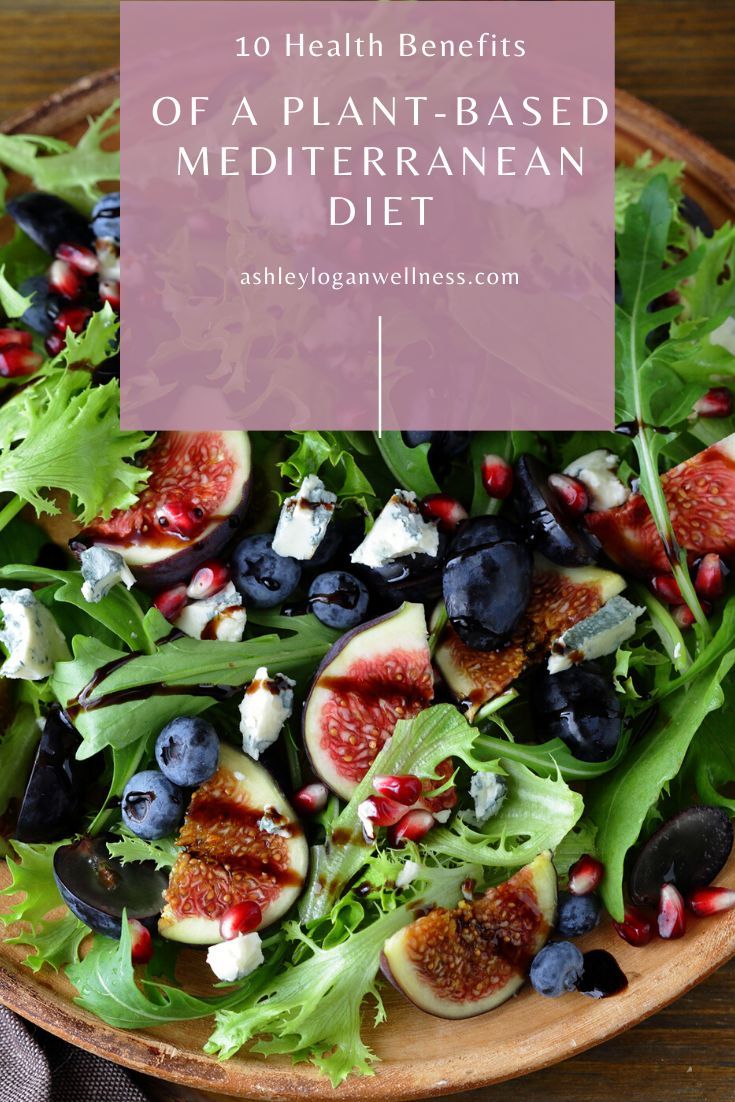
A vegan diet has many health benefits, including lowering blood pressure. If your blood pressure is lower than normal when you go for a walk or take a dip in the tub, you might want to consider a vegan diet. A vegan diet can help you lower your blood pressure by helping your body eliminate toxins. Find out more about the health benefits of a Vegan diet in this article.
Lower blood pressure with plant-based diets
Studies have shown that eating more fruits, vegetables, and whole grains can help lower blood pressure. These diets can be a great way of avoiding saturated fat, which can lead to hypertension. Plant-based diets are high in potassium, which is a vital nutrient for the heart.
These diets encourage a diet high-in fruits, vegetables, and whole grain, while limiting animal products. It is a leading cause of cardiovascular disease in the world. Lowering blood pressure can help improve your overall health. Plant-based nutrition contributes to water conservation and food sustainability worldwide, as well a substantial reduction in greenhouse gases emissions.

Health benefits of a vegan diet
Recent studies show that a vegetarian diet can lower blood pressure. One review looked at 39 studies. It found that vegetarians were less likely to have high blood pressure than people who eat meat. The decreases in systolic pressure were between 5 and 7. A study found that vegetarians had a reduced risk of having heart attacks by as much as nine percent.
While a vegan diet can be more challenging to stick to for the long-term, some people report lower blood pressure when they eat it. Additionally, eating more fruits or vegetables can have other health benefits. Additionally, vegans are more likely to have lower blood pressure because they eat more potassium. This mineral acts as an antagonist for sodium, so increasing your potassium intake may help lower your blood pressure. Plant-based diets also contain higher levels calcium and magnesium, which can be beneficial to those with high bloodpressure.
Blood pressure and water pressure effects
Recent research has shown that vegans have lower blood pressures than meat-eaters. This is according to new guidelines, which have increased the definition for high blood pressure. Vegans are not immune to hypertension, however. Vegans should also be aware of other benefits from the diet they follow.
Vegetarian and vegan diets have been shown to lower blood pressure, though there are questions regarding the sustainability and feasibility of the practices. There is some debate about whether completely eliminating animal products is required to reap the benefits.

Low blood pressure after shower
Vegans are more likely to experience low blood pressure after a shower. This condition can affect the blood circulation and cause dizziness and lightheadedness. It doesn't usually require medical attention. While it can be uncomfortable, it's usually manageable with some easy home remedies. The first step to alleviate the problem is to make sure that you stay warm. Wearing tight clothing can increase your risk of fainting. Another option is to wear compression socks, which can increase circulation and blood pressure.
FAQ
What's the problem with BMI?
BMI is the acronym for Body Mass Index. It measures body fat based upon height and weight. The following formula is used to calculate BMI:
Weight in kilograms divided with height in meters.
The result can be expressed as a number, ranging from 0 through 25. Scores between 0 and 25 indicate obesity. Scores higher than 18.5 are considered overweight. Scores higher than 23 are considered obese.
A person who weighs 100 kg and has a height of 1.75 m will have a BMI of 22.
How often should you exercise?
Fitness is key to a healthy lifestyle. However, there isn't a set amount of time you must spend working out. The key is to find something that you enjoy and to stick with it.
If you exercise three times a week then aim for 20-30 mins of moderate intensity. Moderate intensity means that you will still be working hard even after your workout is over. This type workout burns about 300 calories.
Walk for 10 minutes four days a semaine if you prefer walking. Walking is low-impact, easy on the joints, and it's very gentle.
You can also run for 15 minutes, three times per week. Running is a great exercise to build muscle tone and burn excess calories.
Start slowly if you aren't used to doing exercise. Begin by doing 5 minutes of cardio each day, a few times per week. Gradually increase duration until you achieve your goal.
These are five tips to help you lead a healthy lifestyle.
These are 5 ways you can live a healthy and happy life.
A healthy lifestyle means eating right, being active, getting enough sleep, managing your stress levels, and having fun. Good eating habits include avoiding processed foods, sugar, unhealthy fats, and avoiding junk food. Exercise can help you burn calories and strengthen your muscles. Getting enough sleep improves memory and concentration. Stress management helps reduce anxiety and depression. Fun is the key to keeping us healthy and happy.
Do I need to count calories?
It is possible to wonder "what the best diet is for me?" or "is counting calories necessary?" The answer to this question depends on many factors, including your current health, your personal goals and preferences, as well as your overall lifestyle.
Which one is right for you?
The best diet for me depends on my current health status, my personal goals, my preferences, and my overall lifestyle. There are many diets out there, some good and some bad. Some diets work well for some people and others do not. What should I do then? What can I do to make the right decision?
These questions are addressed in this article. The article starts by introducing the many types of diets currently available. Then, the pros and cons of each type of diet are discussed. Then, we will discuss which diet is the best.
Let's begin by briefly reviewing the different types and diets.
Diet Types
There are three main types: low fat, high proteins, and ketogenic. Let's discuss them briefly below.
Low Fat Diets
A low-fat diet is a diet that reduces the amount fats consumed. This is done through reducing the intake of saturated fats (butter, cream cheese, etc.) and replacing them with unsaturated fats (olive oil, avocados, etc.). If you want to lose weight fast and easily, then a low-fat diet is often recommended. However, this kind of diet may cause problems such as constipation, heartburn, and indigestion. If a person doesn’t receive enough vitamins from their foods, this can lead to vitamin deficiency.
High Protein Diets
High protein diets are known to restrict carbohydrate intake and promote the consumption of protein. These diets often have higher levels of protein than most other diets. These diets are meant to help increase muscle mass and decrease calories. However, they might not provide enough nutrition for those who need to eat frequently. They can also be very restrictive so they may not be suitable for everyone.
Ketogenic Diets
The ketogenic diet is also known by the keto diet. They are high fat and moderately carbohydrate and protein-rich. They are commonly used by athletes and bodybuilders as they allow them to train harder, longer and without feeling fatigued. To avoid side effects such as fatigue, nausea, headaches, or other unpleasant side effects, you must strictly adhere to their instructions.
Statistics
- WHO recommends consuming less than 5% of total energy intake for additional health benefits. (who.int)
- nutrients.[17]X Research sourceWhole grains to try include: 100% whole wheat pasta and bread, brown rice, whole grain oats, farro, millet, quinoa, and barley. (wikihow.com)
- This article received 11 testimonials and 86% of readers who voted found it helpful, earning it our reader-approved status. (wikihow.com)
- According to the 2020 Dietary Guidelines for Americans, a balanced diet high in fruits and vegetables, lean protein, low-fat dairy and whole grains is needed for optimal energy. (mayoclinichealthsystem.org)
External Links
How To
How to Keep Your Body Healthful
This project had the main purpose of providing suggestions for how to maintain your health. Understanding what you need to do to keep your health in good shape is the first step to maintaining your health. To do this, we needed to discover what is best for our bodies. We looked at many different methods that people tried to improve their physical and mental health. Finally, we came up with some tips that would help us stay healthier and happier.
We started off by looking at the different types of food that we eat. We discovered that some foods are not good for us and others are better. We know that sugar causes weight gain, so we are aware of this. However, vegetables and fruits are good for us as they have vitamins and minerals that our bodies need.
Next we considered exercise. Exercise is good for our bodies and gives us energy. It also makes us feel happy. There are many different exercises we can do. Running, swimming, dancing, lifting weights, and playing sports are some examples. Another way to increase our strength is through yoga. Yoga is a great exercise, as it increases flexibility. It is important to avoid junk food, and to drink plenty of water, if we wish lose weight.
Finally, let's talk about sleeping. Sleep is an essential part of our daily lives. When we don't get enough sleep, we tend to become tired and stressed. This can cause problems like back pain, depression, heart disease and diabetes as well as obesity. To stay healthy, it is important to get enough rest.